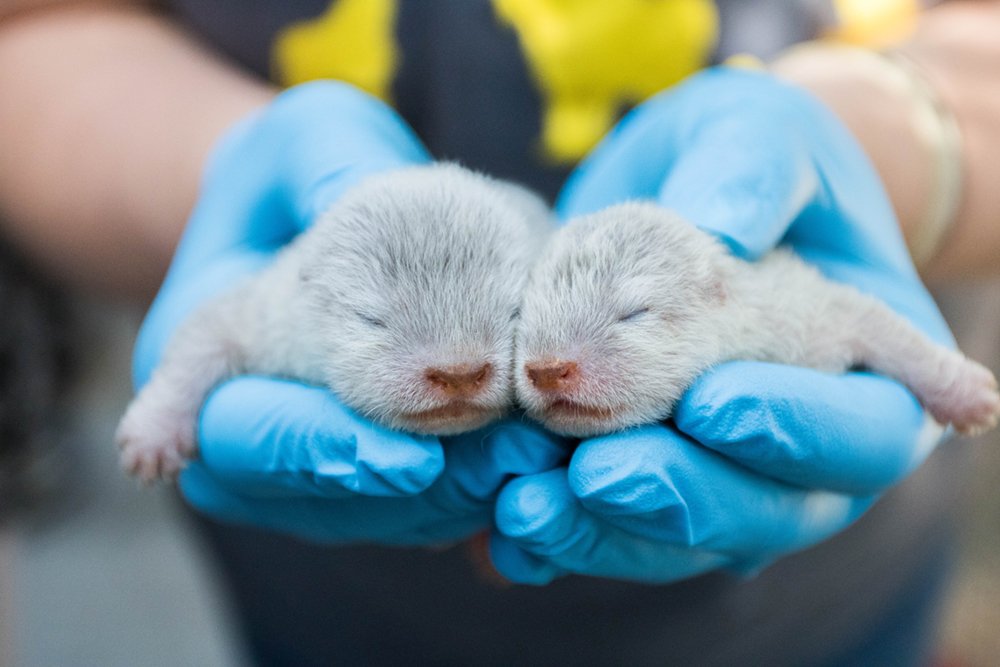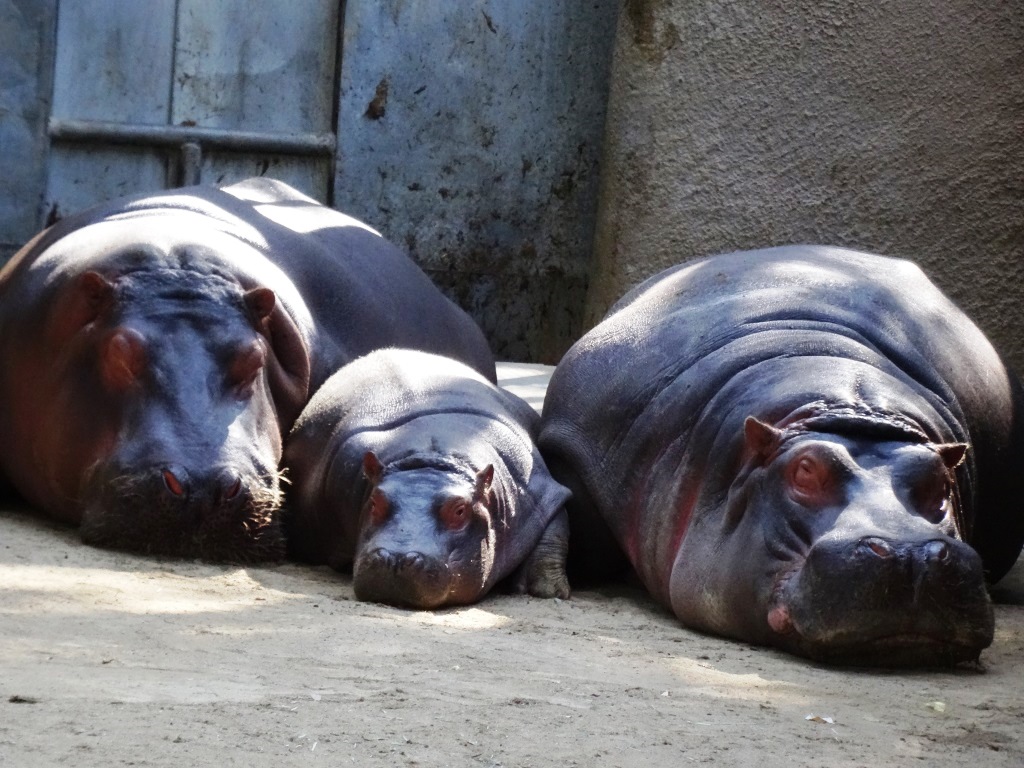Masai Giraffe Calf Born at the Santa Barbara Zoo on Wednesday, March 14th
/The Santa Barbara Zoo’s Masai giraffe Audrey has given birth to a female calf, and the two are currently bonding, off view to the public, in the Giraffe Barn. The calf was born on Wednesday, March 14 at around 3 p.m., is 6 feet, 1 inch tall and weighs approximately 180 pounds. The calf will be named as part of a contest sponsored by the Zoo and KEYT News Channel 3.
Animal care staff will determine when the calf will leave the Giraffe Barn, weather conditions permitting. Until that time, Audrey and the newborn calf are not on view to the public.
“Name the Calf” Voting Opens Today, March 16
The calf’s name will be selected by popular vote by the public in a contest co-sponsored by the Zoo and KEYT NewsChannel 3. Four names have been selected by Zoo giraffe keepers and supporters – the one receiving the most votes will be announced live on KEYT on a date to be determined. Voting opens on today, March 16 at www.sbzoo.org and www.keyt.com.
The names are Amirah, Makena, Nugget, and Quintin.
Support the Herd
The public also can help the Zoo welcome this long-necked arrival by becoming a Foster Feeder sponsor of the giraffe calf. A donation of $50 helps with the cost of feeding the growing giraffe family. New giraffe Foster Feeders receive a baby photo of the calf along with a certificate, giraffe fact sheet, and recognition on the Zoo’s Foster Feeder board. For information, visit www.sbzoo.org.
The Santa Barbara Zoo and Masai Giraffes
Audrey arrived in Santa Barbara in March 2010, from the Los Angeles Zoo. She was born on February 6, 2008 at the Los Angeles Zoo. Michael, the calf’s sire, arrived from Parc Safari in Quebec, Canada, in January 2012. He is considered the most genetically valuable male Masai giraffe in captivity, because he has few relatives in zoos other than his offspring born here at the Zoo. Michael’s genetics help the diversity of the North American Masai population.
Joining Michael and Audrey in the Zoo’s herd is Parker, a male calf born in August 2016 to former resident Betty Lou (she recently relocated to the Fresno Chaffee Zoo); and Adia, a three year-old female from the Cleveland Zoo who was introduced to the herd in December 2017 as a potential mate for Michael.
The Zoo’s giraffe herd is among more than 120 Masai giraffes that live at 28 North American zoos accredited by the Association of Zoos and Aquariums (AZA).
There are an estimated 37,000 Masai giraffes in Kenya and Tanzania, but a more thorough census is required. They are at risk due to poaching and habitat loss and degradation. Giraffes are the tallest land mammal, and the Masai is the largest subspecies, growing up to 17 feet tall and weighing 2,700 pounds.
Known as one of the world’s most beautiful zoos, the Santa Barbara Zoo is located on 30 acres of botanic gardens and is home to nearly 500 individual animals in open, naturalistic habitats. It is accredited by the Association of Zoos & Aquariums (AZA), representing the highest level of animal care, and participates in AZA endangered species programs for Asian elephant, California condor, Channel Island fox, and Western lowland gorilla, among others.
A private nonprofit corporation, the Santa Barbara Zoo depends on community support, not tax dollars, for operations and improvements.
The Zoo is open daily from 10 a.m. – 5 p.m.; general admission is $18 for adults, $13 for seniors aged 65+, $10 for children 2-12, and children under 2 are free. Parking is $8 weekdays, $11 on weekends and holidays. Visit www.sbzoo.org.












